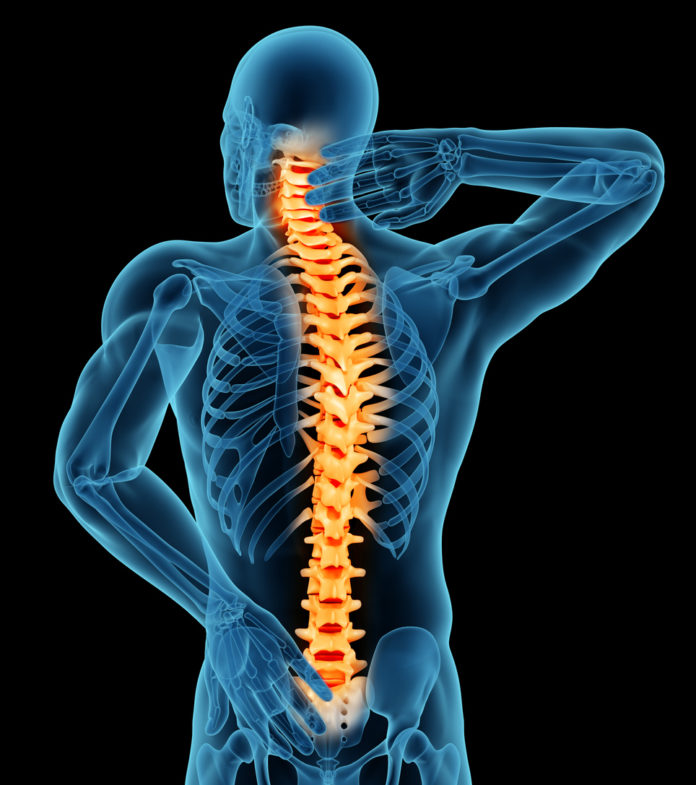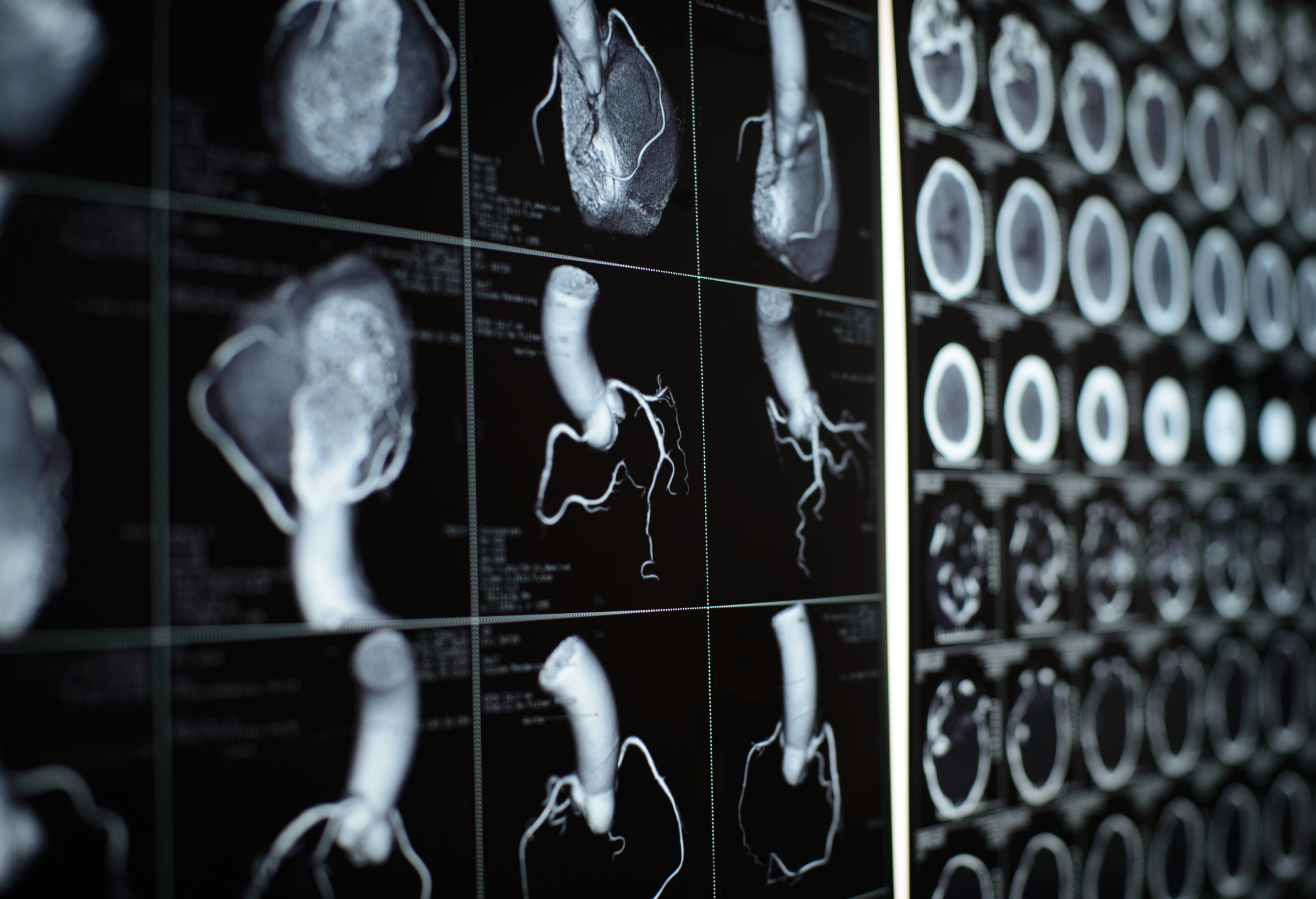
defining characteristics
Bactermic seeding of bone, swelling, long bones (kids), vertebrae (adults), periosteal abscesses in kids
Long bones – fever, chills, malaise, soft tissue swelling and pain
Vertebrae- neck/back pain, localized tenderness, low/absent fever, neurological deficits (epidural abscess)
disease development
In presence of bacteremia, bacteria may get trapped in small end vessels. In kids, bacteria enter venous sinusoids of metaphysis in long bones via leaky capillary fenestrations. In adults, bacteria often seed in vertebral bodies (well- vascularized) or bugs can drain from Batson’s venous plexus (from urinary tract)
IV DRUG USERS? Sternoclavicular joint, SI joint, pubic bones
potential causes
Kids- S. aureus, GBS (infants), CoAN staph
Elderly- S. aureus, Gram-
Immunocomp – fungi
IVDU- S. aureus, P. aeruginosa, Serratia
Sickle cell- S. aureus, Salmonella
epidemiology
MOST common in kids
risk factors
IVDU – novel organisms in unique sites
labimaging
Adults – elevated ESR/CRP
XR? Takes a while to show signs, but periosteal elevation, areas of demineralization, loss of sharp bony margins, moth eaten appearance, possible soft tissue swelling
CT? sensitive
Bone scan? Early dz (lots FPs)
MRI? GOLD Standard! detects early changes & abnl soft tissu; adjacent vertebrae involvement
conventional treatment
Kids – use AB that covers staph/strep (empirical)
CT guided needle bx (adults) for Cx
4-6 wks AB tx
MSSA- nafcillin, oxacillin MRSA- vanco, dapto
Strep- PCN G, ceftriaxone, cefazolin Enteric GNs- Cipro, ceftriaxone Serratia, Pseudomonas- ceftazidime, cefepime, piperacillin- tazobactam
Anaerobes- clinda, metronidazole
Surgical debridement if necrotic
complications
TB can cause Pott’s disease in spine



